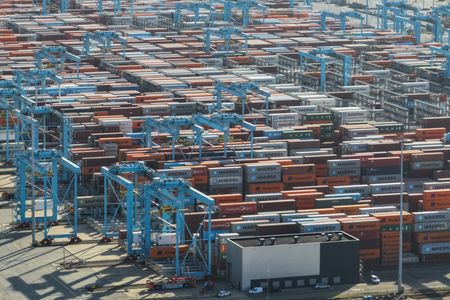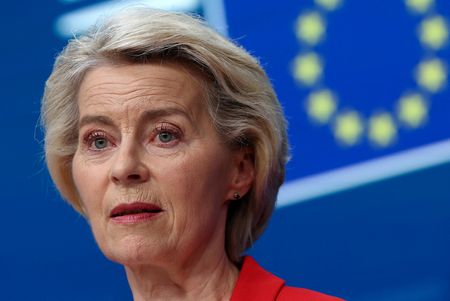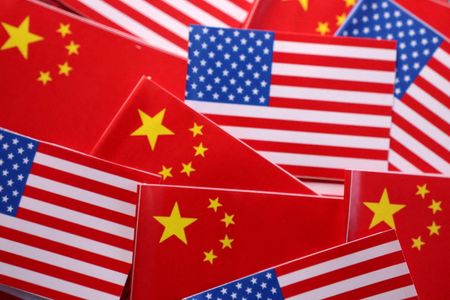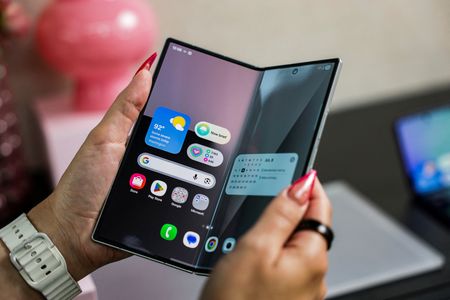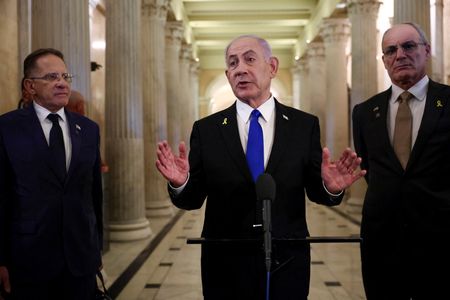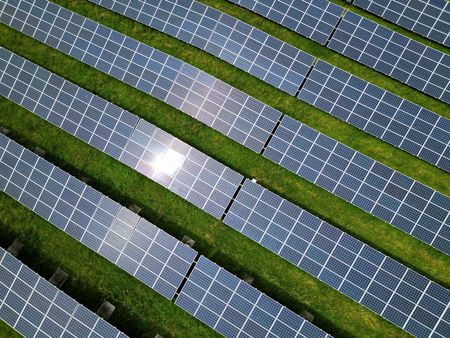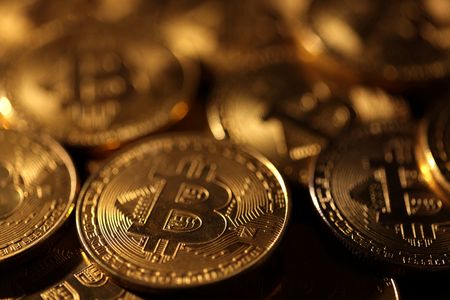By David Lawder, Andrea Shalal and Julia Payne
WASHINGTON/BRUSSELS (Reuters) -U.S. President Donald Trump turned his trade ire against Brazil on Wednesday, threatening Latin America’s largest economy with a punitive 50% tariff on exports to the U.S. and ordering an unfair trade practices investigation that could lead to even higher tariffs.
Trump set the Aug. 1 tariff rate — far higher than the 10% duty imposed on Brazil on April 2 — in a tariff letter to Brazilian President Luiz Inacio Lula da Silva, that vented anger over what he called the “Witch Hunt” trial of Lula’s right-wing predecessor, Jair Bolsonaro.
Criticizing what he said were Brazil’s attacks on free elections and speech and “SECRET and UNLAWFUL Censorship Orders to U.S. Social Media platforms,” Trump also ordered the U.S. Trade Representative’s office to open an unfair trade practices investigation into Brazil’s policies under Section 301 of the Trade Act of 1974.
The probe could lead to further tariffs on Brazilian exports.
Trump’s broadside against Brazil came as his administration was inching closer to a deal with its biggest trading partner bloc, the European Union.
Trump earlier on his Truth Social media platform issued Aug. 1 tariff notices to seven minor trading partners: a 20% tariff on goods from the Philippines, 30% on goods from Sri Lanka, Algeria, Iraq, and Libya, and 25% on Brunei and Moldova.
Those countries are bit players in the U.S. trade deficit, accounting for just under $15 billion in U.S. imports in 2024.
Brazil is the 15th largest U.S. trading partner, with total two-way trade of $92 billion in 2024, and a rare $7.4 billion U.S. trade surplus.
But Trump’s letter to Lula contained the same language as previous form letters describing Brazil’s trading relationship as “very unfair”.
The latest letters add to 14 others issued earlier in the week including 25% tariffs for powerhouse U.S. suppliers South Korea and Japan, which are also to take effect August 1 barring any trade deals reached before then.
They were issued a day after Trump said he was broadening his trade war by imposing a 50% tariff on imported copper and would soon introduce long-threatened levies on semiconductors and pharmaceuticals. Trump’s rapid-fire tariff moves have cast a shadow over the global economic outlook, paralyzing business decision-making.
NEGOTIATIONS WITH THE EU
Trump said trade talks have been going well with China and the European Union, which is the biggest bilateral trading partner of the U.S.
Trump said he would “probably” tell the EU within two days what rate it could expect for its exports to the U.S., adding that the 27-nation bloc had become much more cooperative.
“They treated us very badly until recently, and now they’re treating us very nicely. It’s like a different world, actually,” he said.
EU trade chief Maros Sefcovic said good progress had been made on a framework trade agreement and a deal may even be possible within days.
Sefcovic told EU lawmakers he hoped that EU negotiators could finalise their work soon, with additional time now from the extension of a U.S. deadline to August 1 from July 9.
“I hope to reach a satisfactory conclusion, potentially even in the coming days,” Sefcovic said.
However, Italian Economy Minister Giancarlo Giorgetti had earlier warned that talks between the two sides were “very complicated” and could continue right up to the deadline.
EU officials and auto industry sources said that U.S. and EU negotiators were discussing a range of potential measures aimed at protecting the European Union’s auto industry, including tariff cuts, import quotas and credits against the value of EU automakers’ U.S. exports.
HIGHEST TARIFF LEVELS SINCE 1934
Equity markets shrugged off the Republican president’s latest tariff salvo on Wednesday, while the yen remained on the back foot after the levies imposed on Japan.
Following Trump’s announcement of higher tariffs for imports from the 14 countries, U.S. research group Yale Budget Lab estimated consumers face an effective U.S. tariff rate of 17.6%, up from 15.8% previously and the highest in nine decades.
Trump’s administration has been touting those tariffs as a significant revenue source. Treasury Secretary Scott Bessent said Washington has taken in about $100 billion so far and could collect $300 billion by the end of the year. The United States has taken in about $80 billion annually in tariff revenue in recent years.
The Trump administration promised “90 deals in 90 days” after he unveiled an array of country-specific duties in early April. So far, only two agreements have been reached, with Britain and Vietnam. Trump has said a deal with India was close.
Massachusetts Governor Maura Healey, a Democrat, blasted Trump for his “failed trade war”.
“President Trump was elected to lower costs, and all he is doing is raising prices and hurting our businesses,” she said in a statement.
(Reporting by Julia Payne, Charlotte Van Campenhout, Philip Blenkinsop, Trevor Hunnicutt, Dan Burns; Writing by Keith Weir and David Lawder; Editing by Alex Richardson and Deepa Babington)

